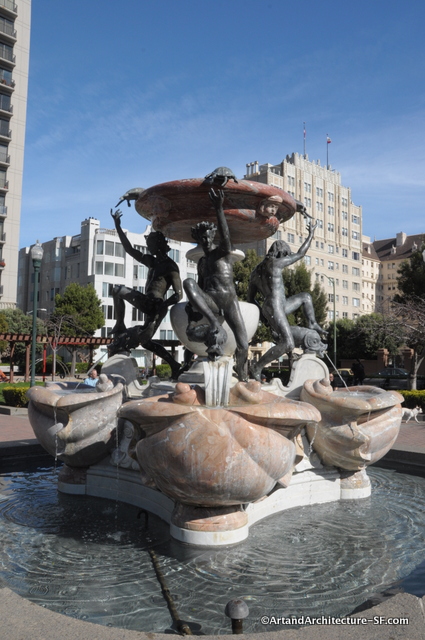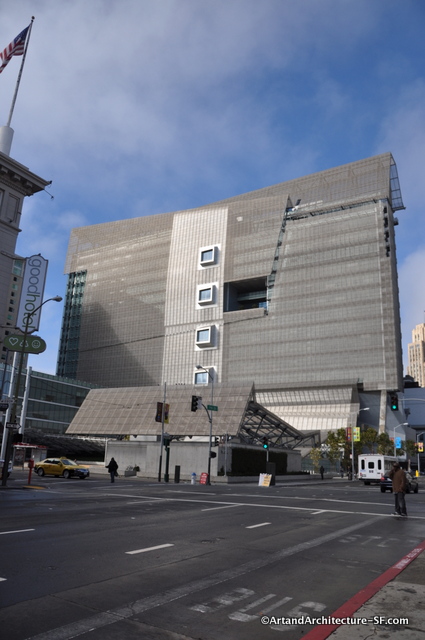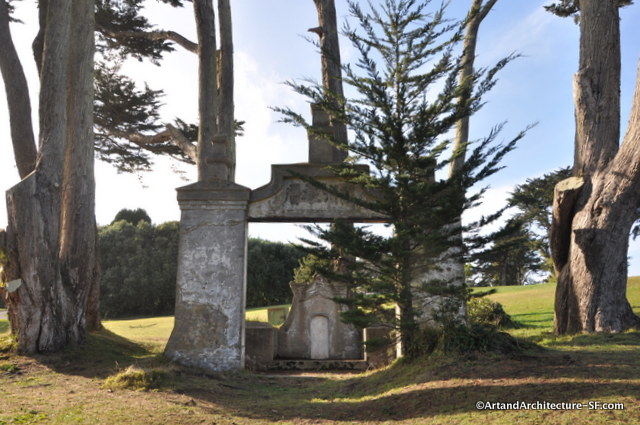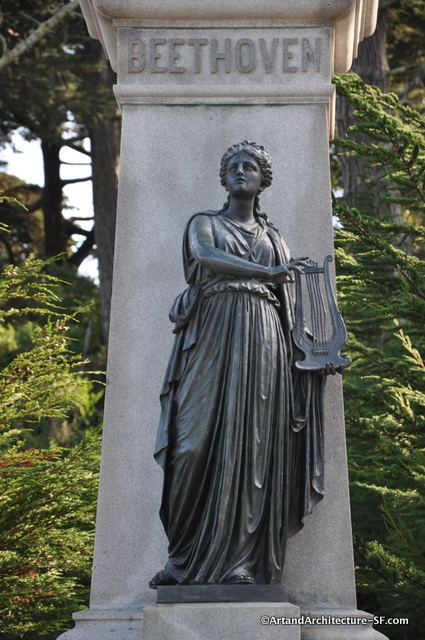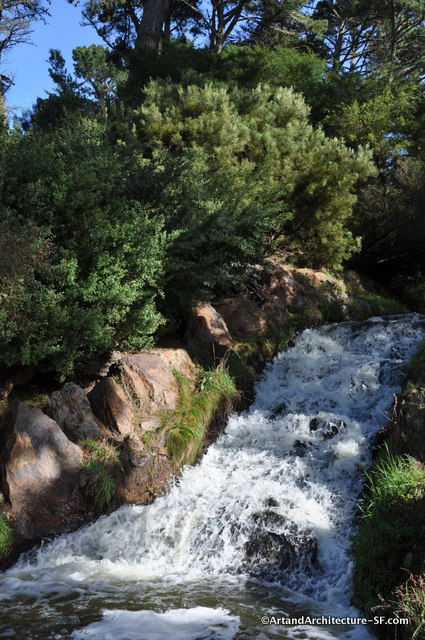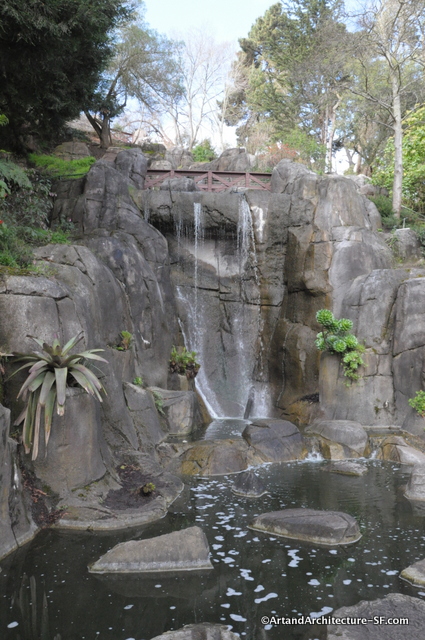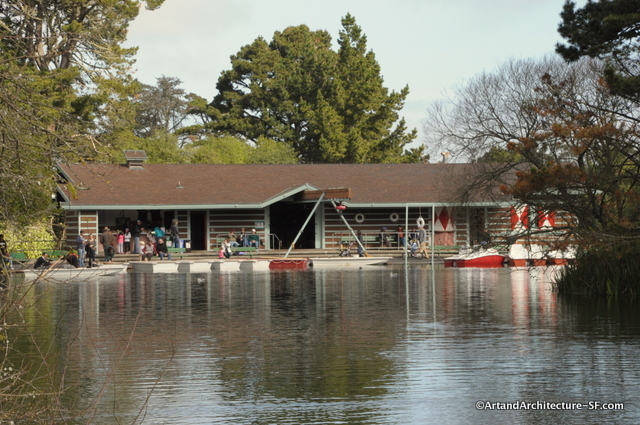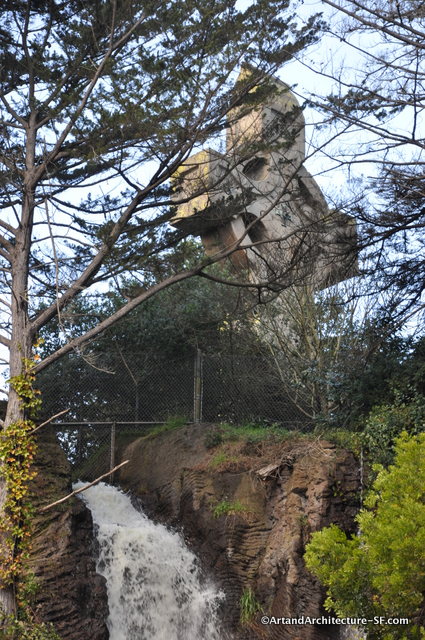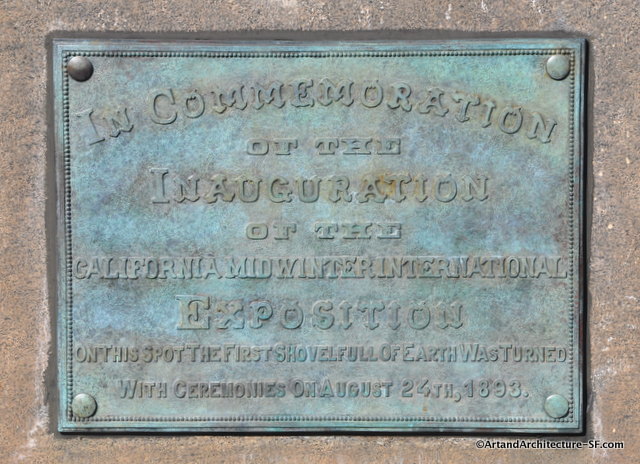Golden Gate Park
Pioneer Woman and Children
Charles Grafly
1915
This is the only statue of a woman in Golden Gate Park. It is the 1914 work of Charles Grafly. It was featured at the PPIE (Panama-Pacific International Exposition) in 1915 and then again at the GGIE (Golden Gate International Exposition) in 1939. In 1940 it was placed in Golden Gate Park near the Pioneer Log Cabin which has been in the Park since 1911.
A 1915 article about the sculpture when it was at the Pan-Pacific International Exposition:
The “Pioneer Mother” monument, by Charles Grafly, is a permanent bronze, a tribute by the people of the West to the women who laid the foundation of their welfare. It is to stand in the San Francisco Civic Center, where its masterful simplicity will be more impressive than in this colorful colonnade. It is a true addition to noteworthy American works of art and fully expresses the spirit of this courageous motherhood, tender but strong, adventurous but womanly, enduring but not humble. It has escaped every pitfall of mawkishness, stubbornly refused to descend to mere prettiness, and lived up to the noblest possibilities of its theme. The strong guiding hands, the firmly set feet, the clear, broad brow of the Mother and the uncompromisingly simple, sculpturally pure lines of figure and garments are honest and commanding in beauty. The children, too, are modeled with affectionate sincerity and are a realistic interpretation of childish charm. Oxen skulls, pine cones, leaves and cacti decorate the base; the panels show the old sailing vessel, the Golden Gate and the trans-continental trails. The inscription by Benjamin Ide Wheeler perfectly expresses what the sculptor has portrayed.
The plaque is no longer there -a written account from the “Pioneer Motherhood Monument Association of California” says the inscription was:
“Over rude paths, beset with hunger and risk, she
pressed on toward the vision of a better country. To an
assemblage of men busied with the perishable rewards
of today, she brought the threefold leaven of enduring
society faith, gentleness, hope, with the nurture of
children.”
It went on to say that below the inscription is relief map of the old Oregon and California trails to the West, secured from the Iowa State Geographical Society. Another bronze panel with prairie schooner and western group, occupies the rear of the base.
In a book titled “Problems Women Solved” by Anna Pratt Simpson published in 1916, there was this description of the woman’s group that sponsored the statue.
…to make the monument for $22,500 and estimated that $2,500 more would be required for the pedestal and installation. The statue was due to be delivered at the Exposition December 31, 1914.
In justice to Mr. Grafly, as well as to the men and women and children who were making the monument possible, nothing was left undone to insure satisfactory results. When Mrs. Sanborn reached this country from a stay in Europe, she went with Mr. Sanborn, July 19, 1914, to Gloucester, Mass., where Mr. Grafly had his summer studio and where he modeled the statue. From this visit, a satisfactory report was brought to the Association in San Francisco. It was agreed, however, at that time, that still another committee should see the model before it was sent to the foundry. The committee was composed of Mrs. Phoebe A. Hearst and United States Senator James D. Phelan. They reached Boston on their appointed day, and gave the final approval and the model was hurried to the foundry in Pennsylvania. The extra precautions taken in regard to this monument meant several months of delay, so instead of being installed at the Exposition on the last day of December, 1914, it was June, 1915, before it was ready for unveiling. The ceremony took place June 30th at four o’clock, and it was agreed that it was by far the most beautiful and impressive celebration of the thousands that had marked the interesting way of the Exposition.
Charles Allan Grafly, Jr. (December 3, 1862 – May 5, 1929) was an American sculptor and educator. He taught at the Pennsylvania Academy of the Fine Arts for 37 years.
California Questers, a group dedicated to preserving antiques and historical landmarks, restored the statue and the base in 1999. This statue is the first of the “gravely weathered and neglected statues” in the park to be restored by a private group under the “Adopt-a-Monument” program.


